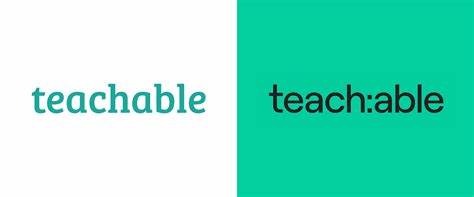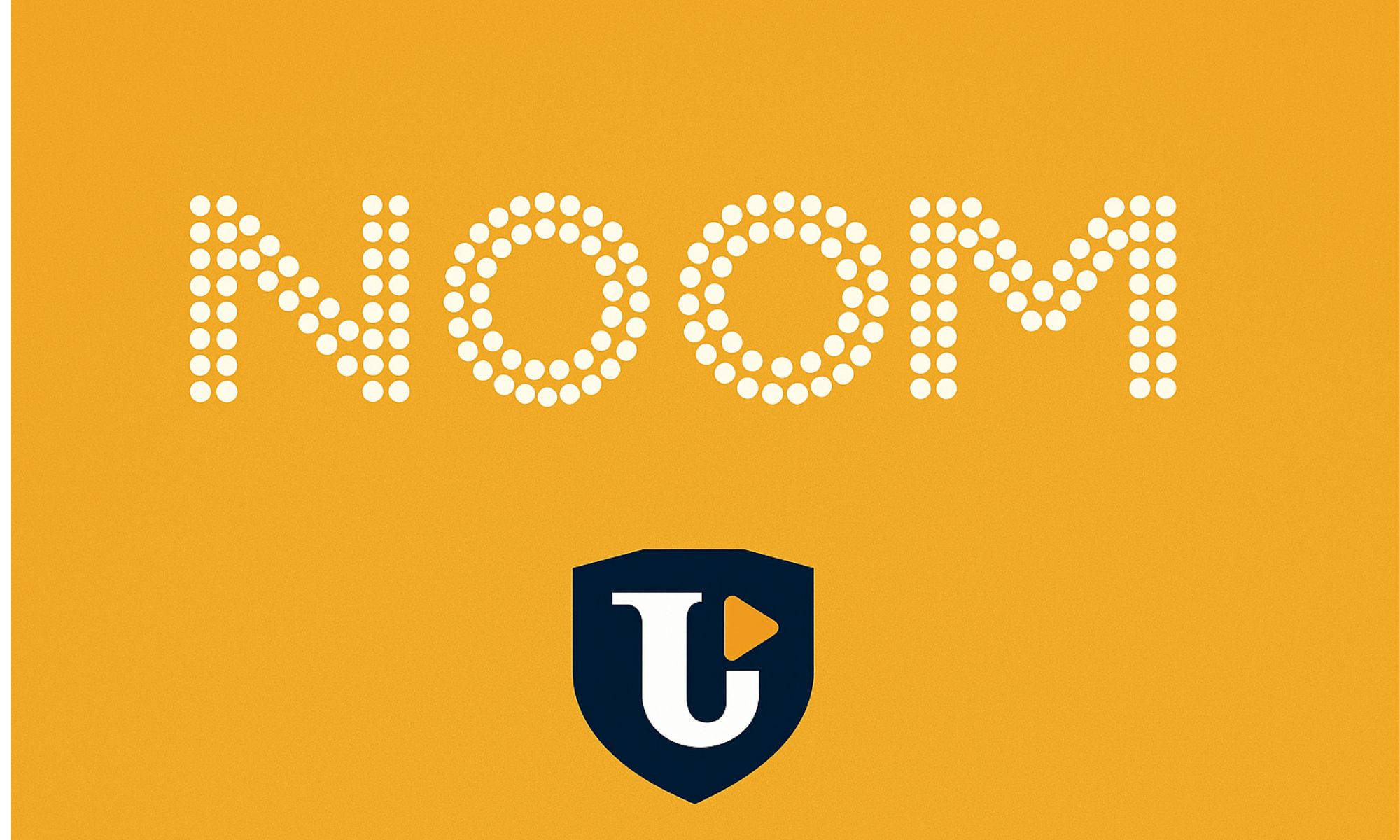Empowering Online Learning
The Ultimate Platform for Online Course Creators
In the fast-growing world of online education, platforms like Teachable have become essential tools for teachers, coaches, and entrepreneurs who want to turn their expertise into income. Whether you’re an educator looking to move online or a business owner wanting to add courses to your offerings, Teachable is one of the most popular solutions out there.
But what exactly makes Teachable so popular? How does it compare to competitors like Kajabi, Thinkific, or Podia? And is it worth your investment in 2025?
In this post, we’ll explore Teachable in detail — its features, pricing, pros and cons, and best use cases — to help you decide whether it’s the right platform for your online teaching journey.
What Is Teachable?
Teachable is an online course creation and selling platform designed to help creators, coaches, and businesses build, market, and sell online courses and digital products without needing any technical knowledge.
Founded in 2013, Teachable has grown into one of the top platforms for online learning, hosting over 100,000 instructors and millions of students worldwide.
The platform’s main appeal lies in its simplicity — you don’t need to code, design, or manage complex hosting. Teachable takes care of all that, so you can focus on what you do best: teaching and creating content.
Why Creators Love Teachable
Teachable’s biggest strength is how easy it makes the entire course-building process. Everything from content upload to payments is handled in one dashboard.
It’s an all-in-one solution where you can:
- Create and host online courses
- Sell one-time products, bundles, and coaching sessions
- Manage students and track progress
- Accept global payments securely
- Automate marketing and emails
Whether you’re teaching art, coding, fitness, or business strategy, Teachable gives you the tools to monetize your knowledge quickly.
Key Features of Teachable
Here’s what makes Teachable one of the leading choices for course creators.
1. Easy Course Builder
Teachable’s drag-and-drop course builder makes it incredibly simple to structure your content. You can upload videos, PDFs, audio files, and quizzes, then organize them into sections and lessons.
No coding or third-party plugins are required — everything happens in one place. You can also preview your course before publishing to ensure it looks exactly how you want.
The course player itself is clean and distraction-free, giving learners a professional experience that rivals major e-learning sites.
2. Versatile Content Delivery
Teachable supports all major content formats — video, audio, text, and downloadable resources. You can also embed external media like YouTube videos or slides from Google Drive.
Creators can drip-feed content (release lessons gradually) or make the entire course available at once. This flexibility is perfect for both self-paced learning and structured programs.
There’s also a built-in commenting feature, allowing students to ask questions or discuss lessons directly under the video.
3. Custom Branding and Website Builder
Every Teachable plan includes a customizable website to showcase your courses.
You can choose from a variety of templates, upload your logo, change colors, and adjust fonts to match your brand. Even without web design experience, you can create a clean, professional online school.
For more advanced users, Teachable allows custom domains (yourname.com) and custom code editing for deeper customization.
4. Built-In Payment System
Teachable offers integrated payment gateways that make it easy to accept payments from students around the world.
Using Teachable Payments (available in most countries), you can accept payments via credit cards, PayPal, Apple Pay, and Google Pay — all processed securely.
You can set prices in multiple currencies, offer subscription plans, one-time payments, bundles, and even payment plans for higher-ticket courses.
Teachable handles EU VAT, taxes, and payouts automatically, saving creators hours of administrative work.
5. Marketing and Sales Tools
Selling online courses requires more than just great content — you need marketing power. Teachable helps with:
- Coupons and promotions – Offer discounts or limited-time deals
- Affiliate program – Allow others to promote your course for a commission
- Upsells – Suggest related products or courses during checkout
- Email marketing integrations – Connect with tools like Mailchimp, ConvertKit, or ActiveCampaign
You can also track conversion rates and sales data directly within your Teachable dashboard.
6. Coaching and Digital Products
Beyond traditional video courses, Teachable now supports coaching services and digital downloads.
Coaches can schedule 1:1 or group sessions directly through the platform using built-in scheduling integrations. You can create packages that combine live sessions with pre-recorded lessons — perfect for hybrid programs.
This diversification makes Teachable not just a course platform but a complete knowledge business hub.
7. Analytics and Student Management
Teachable provides robust analytics tools to monitor your performance. You can view revenue reports, track student progress, and analyze completion rates.
There’s also a detailed student management system, where you can issue certificates, send targeted messages, and manually enroll or remove users.
These tools give you full visibility into how your business and students are performing.
Pricing Plans
Teachable offers several pricing tiers designed to suit creators at different stages of growth.
| Plan | Monthly Cost (Billed Annually) | Best For | Key Features |
|---|---|---|---|
| Free | $0 | Beginners testing the platform | 1 course, transaction fees, basic tools |
| Basic | $39/month | New creators | Unlimited students, coupons, email marketing, affiliate program |
| Pro | $119/month | Established creators | No transaction fees, advanced reports, priority support, course completion certificates |
| Business | $499/month | Teams and large organizations | Custom roles, bulk enrollments, advanced integrations |
Teachable’s free plan is a great way to get started, though it charges higher transaction fees. As you scale, upgrading removes fees and unlocks better customization and analytics.
Advantages of Using Teachable
1. Extremely Easy to Use
From uploading content to collecting payments, Teachable simplifies every step. You can launch your first course in hours, not weeks.
2. All-in-One Platform
Teachable hosts your content, manages payments, handles taxes, and provides marketing tools — no need for third-party plugins or web hosting.
3. Reliable Payment Handling
With Teachable Payments, you can sell globally and receive payouts automatically — no complex setup needed.
4. Great for Coaches and Entrepreneurs
The ability to sell courses, coaching, and digital downloads makes Teachable a versatile platform for all types of creators.
5. Student Experience
The course interface is elegant and distraction-free, giving learners a seamless experience that keeps them engaged.
Disadvantages of Teachable
1. Transaction Fees on Lower Plans
Unless you’re on the Pro plan or higher, Teachable takes a small cut of each sale (5%).
2. Limited Design Flexibility
While you can customize colors and branding, the website builder is less flexible than dedicated tools like Wix or WordPress.
3. No Built-In Community Features
Teachable doesn’t have native community forums or group spaces, which can be a drawback for creators building learning communities.
4. High Pricing for Advanced Features
Some key tools — like certificates, priority support, and advanced analytics — are only available on higher-tier plans.
Who Should Use Teachable?
Teachable is best for:
✅ Course creators and educators – Ideal for teachers and trainers launching structured video-based programs.
✅ Coaches and consultants – Great for selling 1:1 or group sessions.
✅ Entrepreneurs and influencers – Perfect for monetizing expertise through digital products.
✅ Small businesses – Those looking to add education as part of their marketing or customer onboarding.
It may not be ideal for:
❌ Large e-learning institutions needing deep customization or learning management system (LMS) capabilities.
❌ Those who want free, ad-supported course hosting.
Tips for Getting the Most Out of Teachable
- Start with a Free Course – Build trust by offering value before selling premium content.
- Use Coupons and Limited Offers – Urgency drives conversions.
- Leverage Email Marketing – Build an audience beyond your Teachable dashboard.
- Optimize for Mobile – Many students access courses on phones.
- Engage Students – Use quizzes and discussions to improve retention.
- Upsell – Offer higher-value coaching or bundles after course completion.
Teachable vs. Competitors
| Platform | Strength | Weakness | Best For |
|---|---|---|---|
| Teachable | Ease of use, payment handling | Limited design flexibility | Solo creators & coaches |
| Thinkific | More customization | Slightly steeper learning curve | Course-focused educators |
| Kajabi | All-in-one marketing suite | Expensive for beginners | Established businesses |
| Podia | Simpler, cheaper | Fewer advanced features | Creators on a budget |
Teachable hits a sweet spot between affordability, usability, and power — especially for individuals launching their first course business.
Final Verdict: Is Teachable Worth It in 2025?
Yes — Teachable remains one of the best online course platforms for most creators. It combines simplicity, reliability, and robust monetization tools in one package.
For beginners, it’s easy to set up and start earning quickly. For experienced creators, it offers scalability and automation.
While it lacks some advanced customization options, its overall polish, payment system, and course experience make it an industry leader.
If your goal is to share your knowledge, teach online, and build a sustainable income stream, Teachable is an excellent choice — practical, professional, and built to grow with you.
In short: Teachable lets you teach what you love — and get paid for it.
Would you like me to make this blog post SEO-optimized (with meta title, description, and target keywords like “best online course platform” or “Teachable review 2025”) for better Google ranking?



